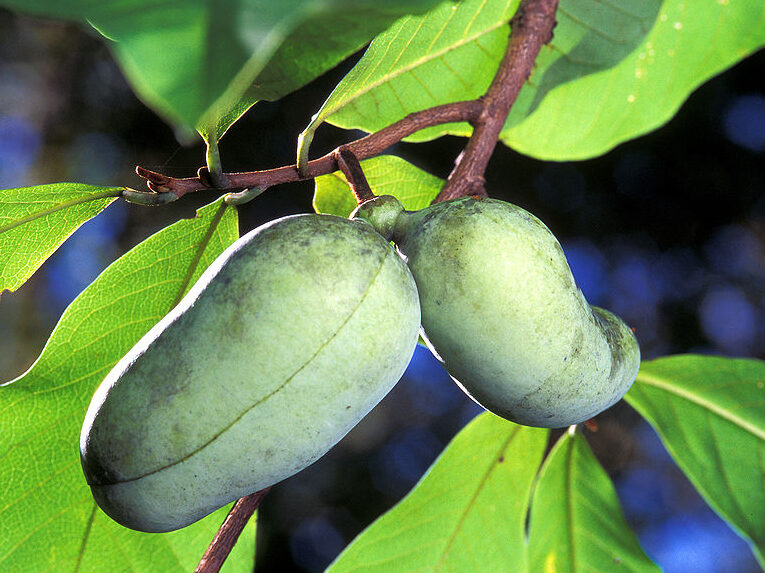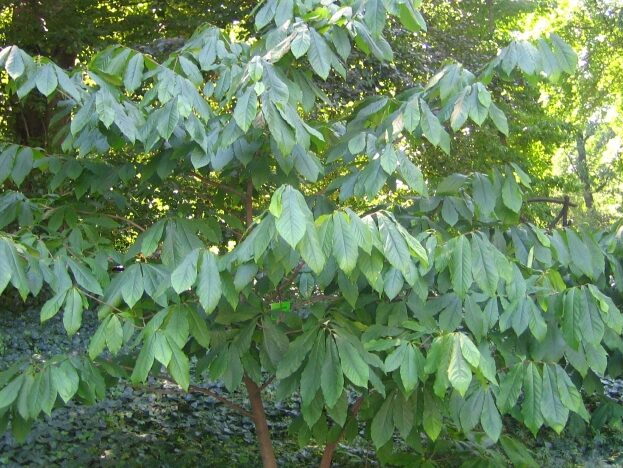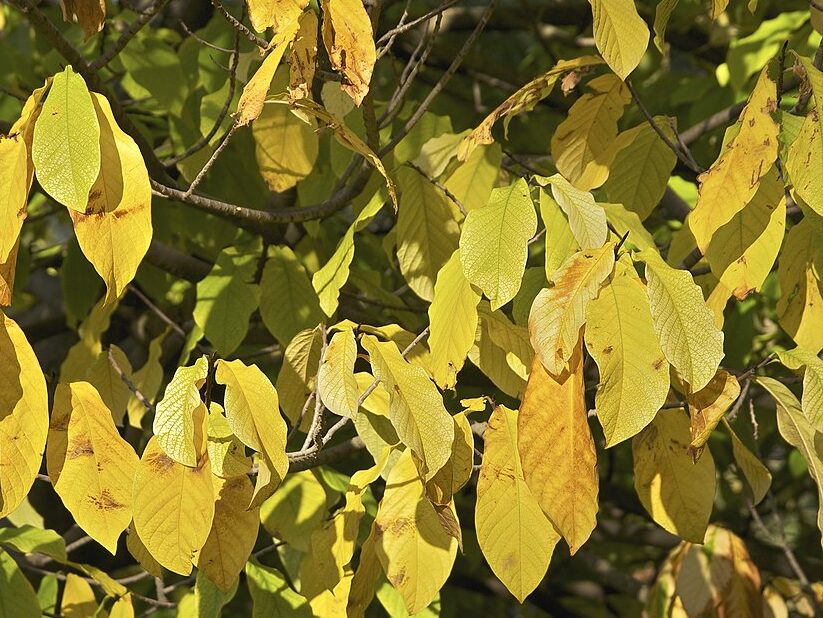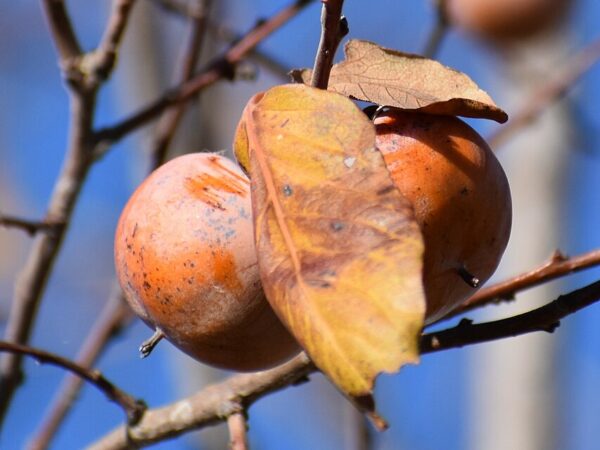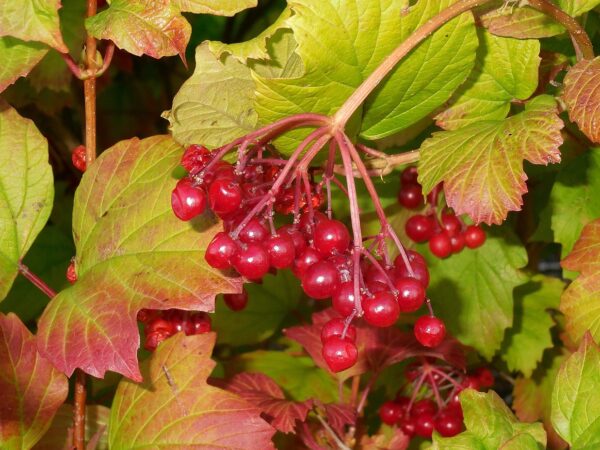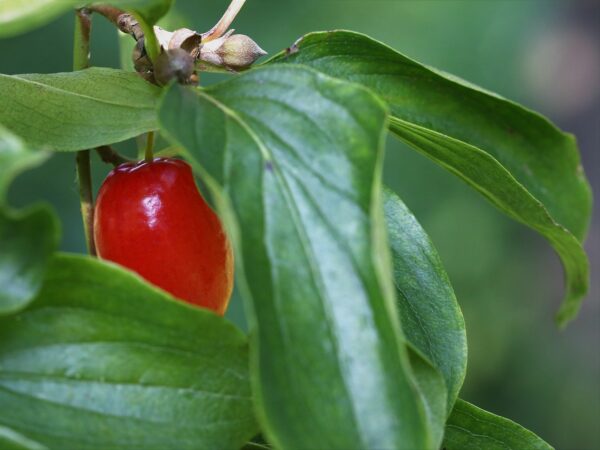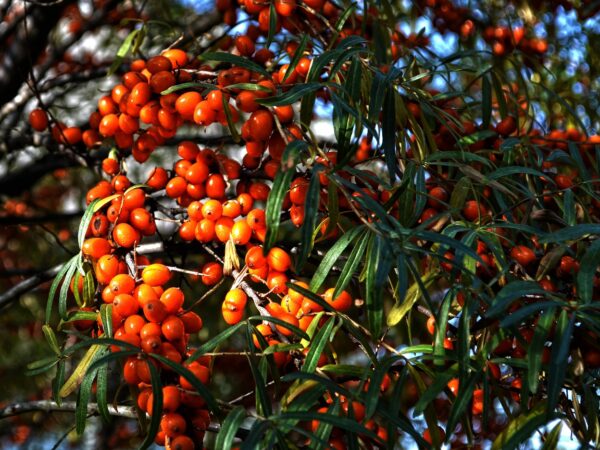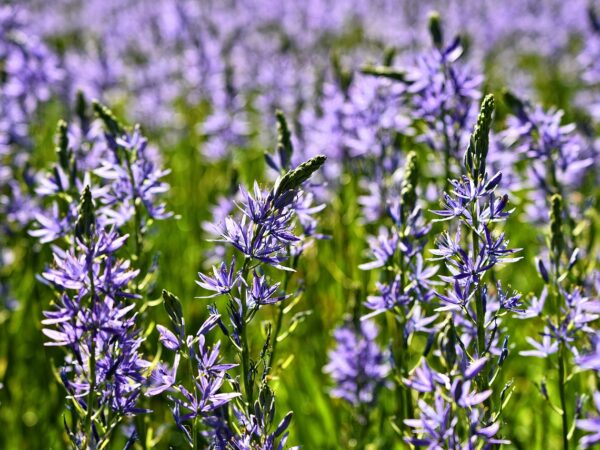Your cart is currently empty!
Additional Info
Pawpaw growing guide:
Cold stratifying seeds using the paper towel method:
Studies:
North American Pawpaw fruit: A critical review of bioactive compounds and their bioactivities
Description
Pack of 10 seeds
Asimina triloba – American Pawpaw
This ain’t your grandma’s pawpaw.
Somewhere along the line, ‘Pawpaw’ and ‘Papaya’ began to be used interchangeably in the commonwealth. Fair enough since they look similar enough, taste similar enough, and are both new world plants. But they’re not the same. This sucker will survive down to -25C. For context, the lowest recorded temperature in an inhabited location of this fine land was -25.6C – and that was over 100 years ago.
There is nowhere in the country this tree won’t grow – though you folks who never (or only very occasionally see a frost) should honestly, seriously consider whether any of my seeds are right for your climate as most, if not all, require more than 400 chilling hours (below 7C) to set fruit.
I love this tree, I love this fruit (highly nutritious, custard-like fruit, often described as tasting like a mix between banana, mango, and melon).
I love this tree because it makes you question what actually are “tropical” flavours? Arguably, you can’t get tropical flavours from a tree that won’t produce fruit in the tropics – but yet…see above.
I love Pawpaws because researching them I got to nerd out and read about The Mad Scientist of Pawpaws.
And also because it’s largely resisted domestication. The fruit just doesn’t store or transport well enough to get them into the grocery stores – so pawpaws are reserved for those who grow them directly and the people they pass them on to. This means there hasn’t been much impetus to clone them, so genetic diversity is still the norm.
Also, gross but true – the flowers are pollinated by flies and other insects that like rotten things so, to help germination along, hanging some roadkill (or forgotten mince) is not only allowed, but encouraged..!
The technical bits –
Pawpaws are deciduous, grow to around 3–6 metres tall and form a pyramidal or spreading shape. They prefer a sheltered position with full sun and deep, fertile, well-drained soil. In cooler parts of the country, they benefit from protection from strong winds while young, and will appreciate some shade for their first couple of years. Once established, they’re hardy down to about –25°C.
They require at least 400 hours of winter chill (under 7°C), making them suitable for temperate areas of New Zealand with defined winters.
They also require cross-pollination between genetically distinct individuals. If growing from seed, plan to raise at least four to six seedlings to ensure enough genetic diversity for reliable pollination.
Germination and Cold Stratification:
Pawpaw seeds need a cold, moist stratification period of 90–120 days to break dormancy. Use deep containers to accommodate their long taproot, or stratify in a sealed, moist medium in the fridge, checking periodically for mould or early sprouting. See the “Improved Paper Towel Method” video linked to the left of here for more info.
Outdoor Stratification Tip:
Asimina triloba seeds can be stratified naturally. Sow into deep pots with moist, well-draining medium and place them in a secure, rodent-proof location outdoors now. The winter cold will gradually prepare them to germinate in spring. I am serious, though, about the rodent-proofing. Rodents love these seeds and they dug up 8 or 10 of mine in one night when I was too flippant to protect them appropriately.
Pack of 10 seeds
